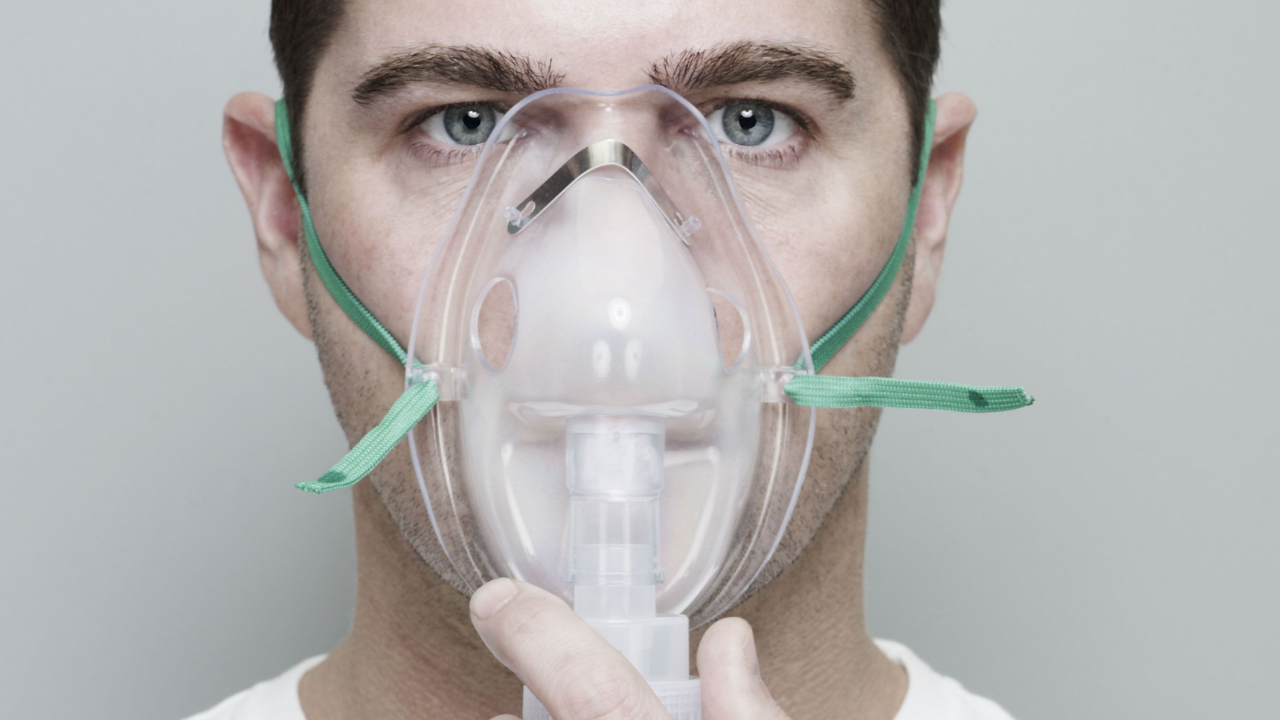August 12, 2021
2m 59s
Share:
Accidental or intentional exposure to carbon monoxide gas (CO) can produce intoxication, whose characteristics and symptoms depend on the dose, exposure time, combination with other toxic gases, and the susceptibility of the host.
It is known as the silent killer because it is a colorless, tasteless, and odorless gas emitted by incomplete combustion in household appliances or fires. It can cause mild neurological or cardiac sequelae that go unnoticed to death. The diagnosis of CO poisoning is hampered by the unspecificity of signs and symptoms, being underdiagnosed in the clinical setting.
How does Hyperbaric Treatment help?
Hyperbaric treatment is a powerful oxygenation tool that unblocks the toxic effect of CO by reactivating cellular respiration. Unlike oxygen at normal atmospheric pressure, oxygen is diluted and transported into the blood plasma. In this way, it is accessed more quickly into the cell. There is evidence and recommendations of its use for the reduction of late neurological sequelae in the acute period of intoxication, favoring recovery even in comatose patients and in some cases reducing mortality.
Clinical cases of carbon monoxide poisoning:
The importance of the rapid establishment of this treatment and the lack of accessibility to rigid hyperbaric chambers in many places highlights the collection of evidence of the efficacy and safety of treatment with more diffused chambers (which work at lower pressures) and which can contribute to a more rapid installation of the treatment (from 6 to 24 hours) and produce more beneficial effects than treatment with normobaric oxygenation in intoxicated patients.
Martinel-Ferreyra et al. reported 9 clinical cases of patients with carbon monoxide poisoning who were treated with Revitalair 430 technology hyperbaric chambers (at 1.45 ATA), some during the acute period and others for the treatment of neurological sequelae. In all cases of acute poisoning, hyperbaric chamber access was not available within 24 hours. However, in one patient the coma was reversed so that he could be transferred (although he was treated 48 hours after the poisoning) and in all of them, a significant decrease in carboxyhemoglobin was obtained.
In patients with neurological sequelae, paresthesias and myalgias were reported 12 days after poisoning in patients initially treated with normobaric oxygen. All symptoms were reversed, postulating medium pressure hyperbaric oxygenation as the mainstay in the rehabilitation of the focal sequelae of hypoxia.
In agreement with the proposal of performing this treatment at pressures less than or equal to 2 ATA as the most effective pressures in neuronal rehabilitation, many other prestigious researchers in the field have expressed their opinion, proposing this therapeutic modality in the recovery of stroke sequelae, improvement in motor function in patients with cerebral palsy, recovery of symptoms in brain trauma and post-contusional syndrome and some neurodegenerative diseases. The reactivation of neuromuscular function, in general, depends on mitochondrial reactivation, anti-inflammatory effect, axonal degeneration and regeneration of muscle fibers, and above all on the increase of cerebral blood flow which is efficiently obtained with hyperbaric oxygenation treatment at 1, 5 ATA.
The accessibility of portable semi-rigid hyperbaric chambers makes it possible to increase the number and spread of hyperbaric medicine units and reduce the time it takes to establish this treatment in the intoxicated patient in the acute period and the reversion of some of its neurological sequelae.
Biography:
- Efrati S, Ben-Jacob E. 2014. Reflections on the neurotherapeutic effects of hyperbaric oxygen. Expert Review of Neurotherapeutics. 14(3):233-36.
- Lin CH, Su WH, Chen YC, Feng PH, Shen WC, Ong JR, Wu MY, Wong CS. 2018. Treatment with normobaric or hyperbaric oxygen and its effect on neuropsychometric dysfunction after carbon monoxide poisoning: A systematic review and meta-analysis of randomized controlled trials. Medicine (Baltimore). 97(39):1-8.
- Martinel-Ferreyra F; Mastroianni C ; Arredondo- Sánchez V ; Sánchez RS; Alterini P; González M y cols * Relación Dosis de oxígeno-Celeridad en la oxigenación hiperbárica para intoxicación con monóxido de carbono Acta Toxicol. Argent. (2020) 28 (3): En prensa
- Rockswold SB, Rockswold GL, Zaun DA, Zhang X, Cerra CE, Bergman TA, Liu J. 2010. A prospective, randomized clinical trial to compare the effect of hyperbaric to normobaric hyperoxia on cerebral metabolism, intracranial pressure, and oxygen toxicity in severe traumatic brain injury. J Neurosurg. 112(5):1080-9
- Rose JJ, Wang L, Xu Q, McTiernan CF, Shiva S, Tejero J, Gladwin MT. 2017. Carbon Monoxide Poisoning: Pathogenesis, Management, and Future Directions of Therapy. Am J Respir Crit Care Med. 195(5):596-606
Share:
Related
View cookie policy.


